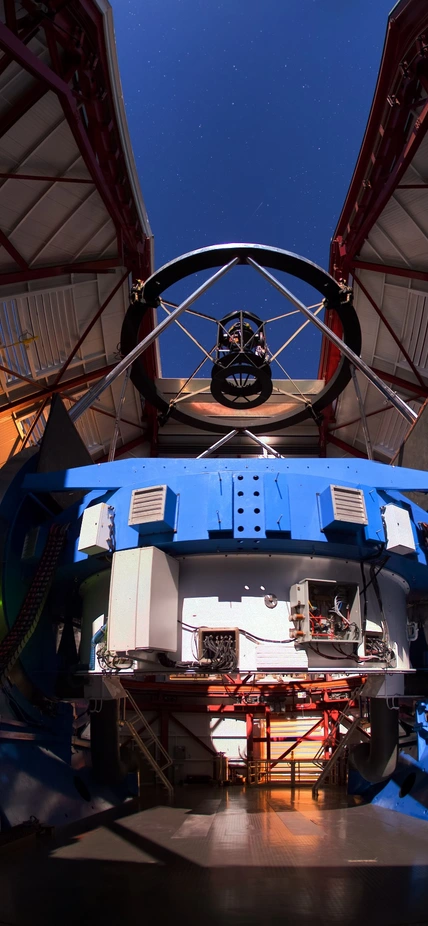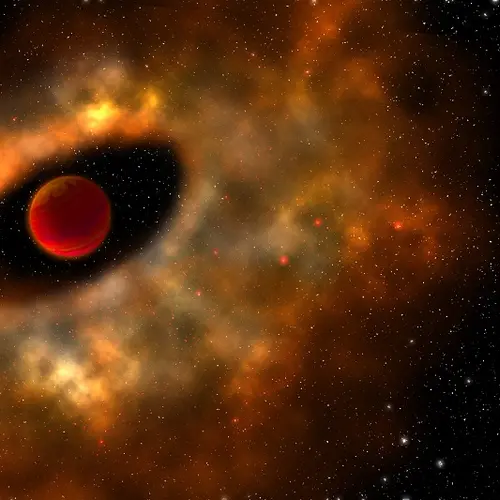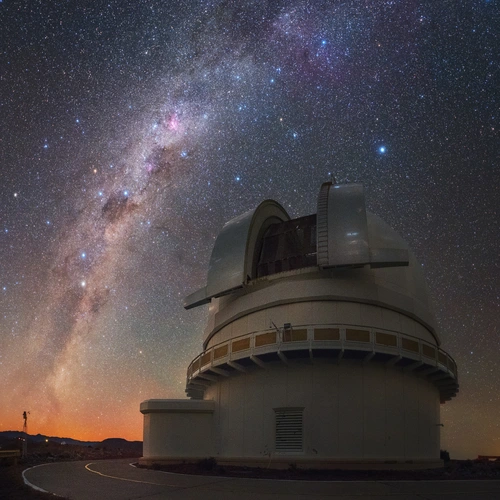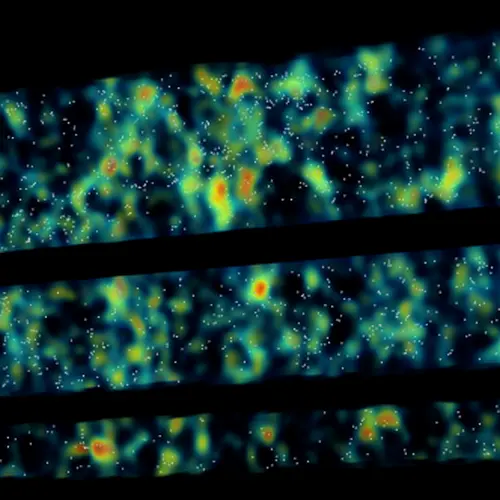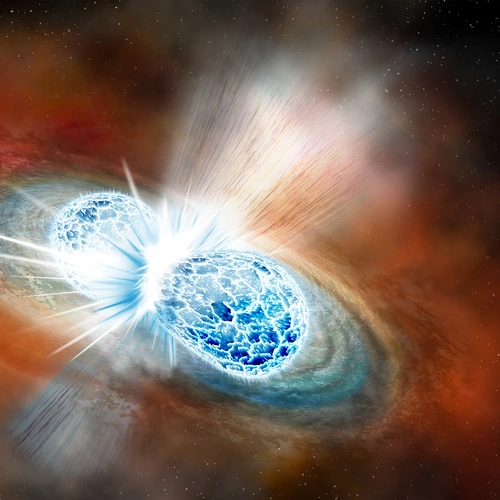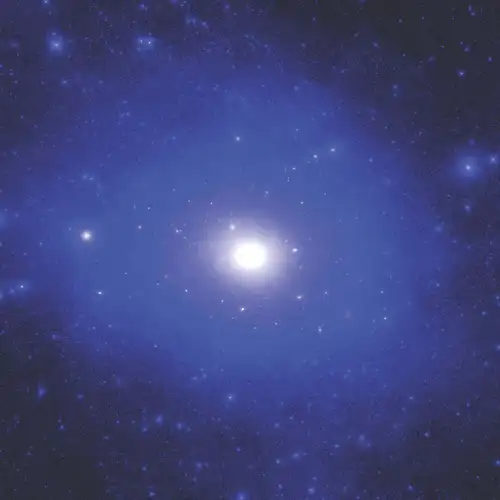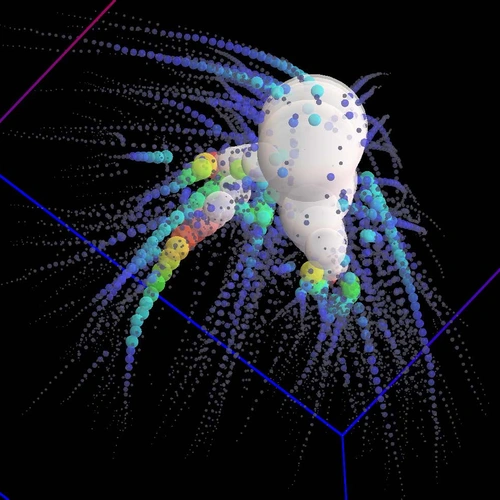Our Cosmic Origins
Astronomy represents humanity’s scientific quest to discover the origins and evolution of the universe and life itself.
Carnegie observational astronomers and theorists have revolutionized our ideas about the universe. They are now poised to make significant breakthroughs in our understanding of cosmology, the reionization of the early universe, exoplanets, and transient phenomena such as supernovae and other massive explosions.
As one of only a very few research institutions globally to have its own observatory, Carnegie’s Las Campanas Observatory in the high desert of Chile, our scientists have unparalleled access to first-in-class telescopes with views of the Magellanic clouds and the entire southern sky.
These telescopes and the instruments that enhance their power were designed on campus—a rarity today—where our observational astronomers and theoretical astrophysicists work closely with our engineers and machinists. Together, they are building on more than a century of expertise to create the optical designs of the future.
These enhanced telescope capabilities, along with advanced imaging and computation, make this the first generation of scientists who will have the tools to answer big questions about our cosmos including, how the evolution of stars and galaxies advance our understanding of the physical rules governing the universe and the origins of the fundamental building blocks of life.
As one of only a very few research institutions globally to have its own observatory, Carnegie’s Las Campanas Observatory in the high desert of Chile, our scientists have unparalleled access to first-in-class telescopes with views of the Magellanic clouds and the entire southern sky.
These telescopes and the instruments that enhance their power were designed on campus—a rarity today—where our observational astronomers and theoretical astrophysicists work closely with our engineers and machinists. Together, they are building on more than a century of expertise to create the optical designs of the future.
These enhanced telescope capabilities, along with advanced imaging and computation, make this the first generation of scientists who will have the tools to answer big questions about our cosmos including, how the evolution of stars and galaxies advance our understanding of the physical rules governing the universe and the origins of the fundamental building blocks of life.
Discover Our Research
Theorists and observers are pursuing creative questions about exoplanets and moons.
The Milky Way is a laboratory for understanding the forces that shape galaxies.
Carnegie astronomers are probing the intense star formation that happened at Cosmic Noon.
We were at the center of two of the most-important transient phenomenon of the last 200 years.
Carnegie astronomers are revealing the physics that shaped the universe.
Theory plays a key role in astronomy and astrophysics, providing insight into the physical nature of the universe.

